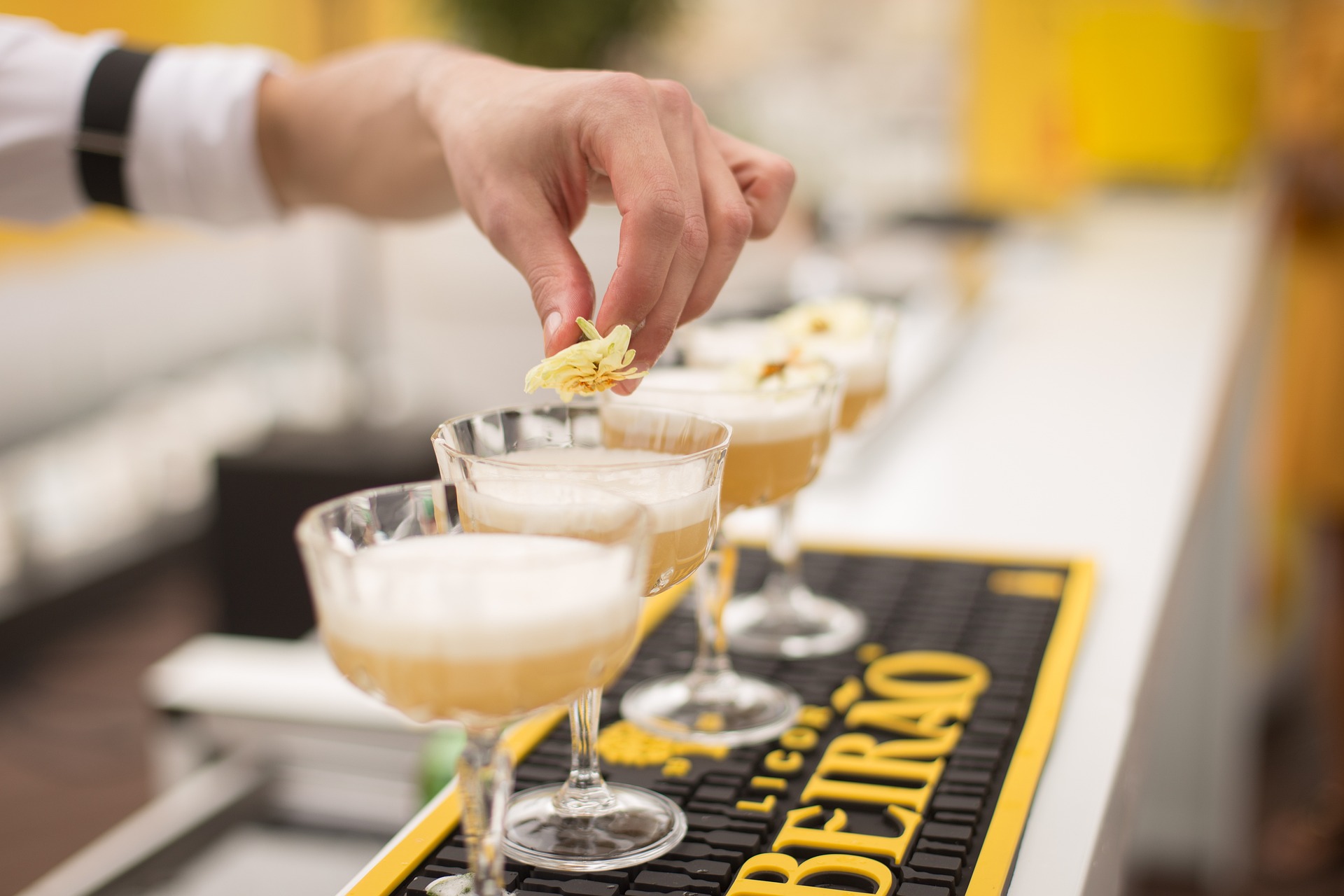Culinary Alchemy: Crafting Edible Cocktails
Mixology meets gastronomy in the tantalizing world of edible cocktails. This innovative trend blurs the line between food and drink, offering a multi-sensory experience that delights both the palate and the eyes. From boozy gummies to spirited foams, discover how bartenders and chefs are pushing the boundaries of traditional libations.

These solid cocktails retain the complex flavors of their liquid counterparts while offering a unique textural experience. Imagine biting into a mojito-flavored gummy bear or popping a champagne jelly shot – it’s an entirely new way to enjoy your favorite drinks. Moreover, these edible cocktails often feature intricate designs and vibrant colors, making them as visually appealing as they are delicious.
Foam and Air: Cocktails That Defy Gravity
Another exciting frontier in edible cocktails is the use of foams and airs. These light, airy concoctions are created by whipping flavored liquids with stabilizers like lecithin or xanthan gum. The result is a ethereal, cloud-like substance that melts on the tongue, releasing intense bursts of flavor.
Cocktail foams can be used as toppings for traditional drinks, adding an extra layer of texture and taste. Alternatively, they can be served on their own as a unique palate cleanser or amuse-bouche. Imagine a spoonful of gin and tonic foam, or a cloud of margarita air – these innovative creations offer a playful and surprising twist on classic cocktails.
Spherification: Liquid-Filled Pearls of Flavor
Spherification is a technique that encapsulates liquid within a thin, gel-like membrane, creating small, burst-in-your-mouth spheres. This method allows mixologists to create cocktail “caviar” or larger spheres that resemble egg yolks. When consumed, these spheres pop in the mouth, releasing a concentrated burst of cocktail flavor.
This technique opens up a world of possibilities for presentation and flavor combinations. Imagine a plate of “Bloody Mary pearls” served with a celery stick, or a martini garnished with olive-shaped vodka spheres. Spherification adds an element of surprise and interaction to the drinking experience, encouraging guests to play with their food in the best possible way.
Boozy Desserts: Where Pastry Meets Mixology
The realm of edible cocktails extends beyond the bar and into the pastry kitchen. Pastry chefs are incorporating spirits and cocktail flavors into a wide array of desserts, creating treats that bridge the gap between after-dinner drink and dessert course.
From rum-soaked tiramisu to whiskey-infused chocolate truffles, these boozy desserts offer a sophisticated end to any meal. More experimental creations might include gin and tonic sorbet, margarita macarons, or even cocktail-flavored cotton candy. These desserts not only taste delicious but also provide a fun, adult twist on childhood favorites.
The Science Behind the Magic
Creating edible cocktails requires a deep understanding of both mixology and food science. Bartenders and chefs must consider factors like alcohol content, sugar levels, and pH balance to ensure their creations maintain the desired texture and flavor. They also need to be well-versed in various gelling agents, stabilizers, and emulsifiers to achieve the perfect consistency.
Moreover, temperature plays a crucial role in many edible cocktail techniques. For instance, spherification works best at specific temperature ranges, while frozen cocktails require precise calculations to maintain the right texture without diluting the flavors. This blend of art and science makes edible cocktails a fascinating field for both creators and consumers.
Useful Tips & Facts
• Edible cocktails often have a lower alcohol content than their liquid counterparts, making them a good option for responsible drinking.
• Many edible cocktail techniques can be adapted for non-alcoholic versions, perfect for inclusive gatherings.
• When making edible cocktails at home, always use food-grade ingredients and follow proper food safety guidelines.
• Some popular gelling agents for edible cocktails include agar-agar, gelatin, and carrageenan.
• The technique of spherification was pioneered by chef Ferran Adrià at the renowned elBulli restaurant in Spain.
Edible cocktails represent a thrilling convergence of mixology, gastronomy, and food science. They offer a playful and innovative way to experience familiar flavors in entirely new forms. As this trend continues to evolve, we can expect to see even more creative interpretations of our favorite libations. Whether you’re a cocktail enthusiast or a culinary adventurer, edible cocktails provide a unique and exciting journey for your taste buds. So the next time you’re at a cutting-edge bar or restaurant, don’t be surprised if your drink arrives in a form you can chew – embrace the experience and savor every bite!





